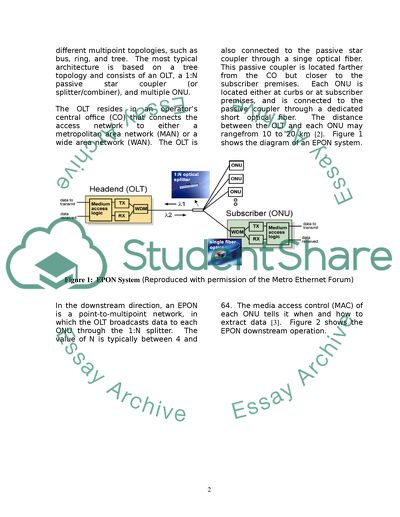Cite this document
(Improving the Efficiency of Light Distribution in Passive Optical Article, n.d.)
Improving the Efficiency of Light Distribution in Passive Optical Article. Retrieved from https://studentshare.org/information-technology/1554117-improving-the-efficiency-of-light-distribution-in-pon-for-service-delivery-in-fiber-to-the-home-ftth-environments
Improving the Efficiency of Light Distribution in Passive Optical Article. Retrieved from https://studentshare.org/information-technology/1554117-improving-the-efficiency-of-light-distribution-in-pon-for-service-delivery-in-fiber-to-the-home-ftth-environments
(Improving the Efficiency of Light Distribution in Passive Optical Article)
Improving the Efficiency of Light Distribution in Passive Optical Article. https://studentshare.org/information-technology/1554117-improving-the-efficiency-of-light-distribution-in-pon-for-service-delivery-in-fiber-to-the-home-ftth-environments.
Improving the Efficiency of Light Distribution in Passive Optical Article. https://studentshare.org/information-technology/1554117-improving-the-efficiency-of-light-distribution-in-pon-for-service-delivery-in-fiber-to-the-home-ftth-environments.
“Improving the Efficiency of Light Distribution in Passive Optical Article”, n.d. https://studentshare.org/information-technology/1554117-improving-the-efficiency-of-light-distribution-in-pon-for-service-delivery-in-fiber-to-the-home-ftth-environments.


